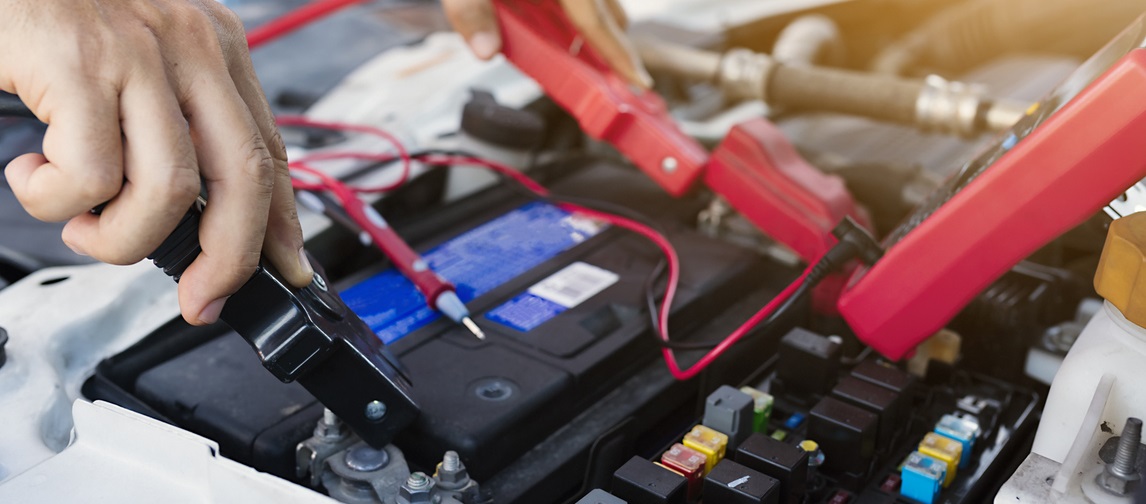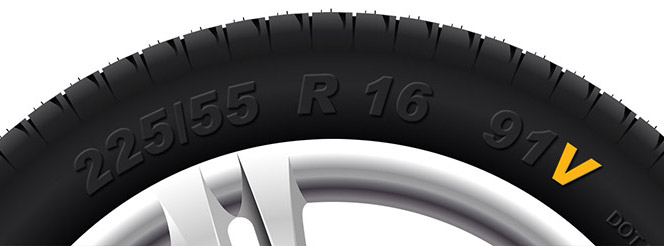5 tips for maintaining your car battery in winter
Published on: Monday, 11 November 2019 | Author: Kevin Thorpe
You climb into your car on a freezing cold morning, turn the key in the ignition and… nothing. Is there anything worse?
If your vehicle won’t start in cold weather, by far the most likely source of the problem is the battery. According to the RAC, battery-related issues are by some distance the biggest cause of breakdown callouts during the winter months. The fact of the matter is, when your car gets cold it requires more power from its battery in order to start the engine. This means, if your battery is not properly charged, is tired and worn due to age or is under strain by too many of your car’s other electrical features during a cold snap, your vehicle is more likely not to start.
However, there are a number of ways of keeping your battery in good nick during the winter months which can aid in preventing any unwanted battery-related breakdowns. In this blog we run through our top five tips for maintaining a healthy car battery throughout winter, which could help to keep you and your car on the move and ensure you’re not caught out this chilly season.
1. Get your battery tested before winter hits
Before cold weather and icy conditions strike, it’s always a good idea to book your car in for a full service. Along with a tyre Inspection, oil level replenishment and helping to spot and repair issues with the coolant system and faults with windscreen wipers and headlights, a service will see a technician test your battery and make sure it is protected, charged and capable of seeing your car through the cold winter months.
If you don’t require a full service and only want your battery testing ahead of winter, many garages and autocentres will offer this assessment for free. The test takes just a matter of minutes to complete and consists of an inspection of the charging system, the charging rate and voltage output of the battery. This will determine whether or not an imminent battery failure is likely and if a new battery is recommended before the onset of winter.
2. Keep your car sheltered overnight
Even with brand new, fully functioning car batteries, low temperatures can act to slow down the chemical reactions which produce the energy needed to start your car’s engine. Keeping your battery as warm as possible is a simple way of helping to prevent a flat battery.
With this in mind, parking your vehicle inside a garage or carport while it is unused overnight can help to protect your battery. Once parked up, if you have easy access to a power outlet, you can take an extra step to shield your battery from the cold by using an electric battery blanket. These products can help to stop battery fluid from freezing and allows you to get your car started with ease in the morning. If you don’t have a garage or carport, simply park close to your house or another structure, with the front of the car facing away from the main direction of the wind.
3. Ensure all electric features are switched off until the engine is running
While it can be incredibly tempting to turn your car’s heating system up to max, switch your lights on and crank up the radio as soon as you climb into your car on a cold morning, this can put a lot of unnecessary strain on your vehicle’s electrical power source and could lead to a flat battery.
It is therefore a good idea to wait a minute or two after you turn your ignition on. This will allow for your car’s alternator to charge the battery before placing any additional demands on it. The best way to avoid draining your battery unnecessarily and to conserve battery power is to ensure you switch off all power loads before turning your engine off after a journey. This includes lights, heating systems, radio, windscreen wipers and anything plugged into your car’s auxiliary power outlet, such as sat navs or mobile phone chargers.
4. Keep your battery clean
Over the course of a few years, it is common for dirt, debris and corrosion to appear on your battery terminals and this can increase electrical resistance, forcing your battery to work harder in order to function. Low temperatures have a similar effect on your car, increasing electrical resistance and thickening engine oil. When these two factors combine, the chance of battery failure rises significantly. While it is difficult to control the temperature your battery is subjected to, making sure it is free of dirt, debris and corrosion is very straightforward.
Ensuring the engine is not running and is completely cool, disconnect your battery by undoing firstly the negative and then the positive cables attached. Wearing protective gloves and eyewear, use a damp cloth and a mixture of baking soda and water to clean the battery and its terminals. A toothbrush or wire brush may be required for stubborn areas. Once the battery is clean and has been allowed to dry completely, petroleum jelly can be applied to each terminal to help prevent future corrosion. Finally, reconnect your battery, making sure this time you attach the positive cable first.
5. Prepare for the worst-case scenario
Even if you follow all of these tips for maintaining a healthy car battery throughout winter, there is always a chance that your vehicle may experience battery failure at some point during the colder months. With this in mind, you may want to consider preparing for this eventuality.
Keeping battery accessories - such as jump leads and a car battery booster - in the boot of your vehicle is always a good idea. While traditional jumps leads are great if you have easy access to other cars that can help jump start your flat battery, a rechargeable booster can do the same job without the assistance of another running vehicle.
By bearing these five tips in mind this winter and keeping your car battery in the best condition possible, you can reduce the risk of time-consuming and costly callouts and help ensure you and your car stay on the move.




